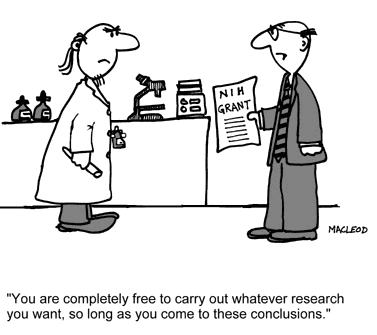While reading through Amy Luers’ How to Avoid Dangerous Climate Change, I was shocked to read her assertion that carbon emissions in the industrialized world need to peak in 2010.
Although nothing should shock me about climate change numbers anymore (and admittedly, other scientists argue for different peak years), the statement shocked me nonetheless to think that 2010 will be upon us in two short months. Can we really manage to peak by then?
I guess a better question is: why does it have to be so soon?
In today’s blog I will break down her argument to its central propositions to prove that one follows the other and that her conclusion for an emissions peak in 2010 is logically sound. 
First, in order to trust that Luers is giving sound, peer-reviewed scientific data in her proposition, I did a little background research into the group that she represents – The Union of Concerned Scientists. The Union is a nonprofit science advocacy group founded in 1969 that publishes impartial research in order to help government agents make informed decisions. It is a private group that stresses scientific integrity and protection of human health, safety, and environment. Luers’ paper specifically targeted the upper limit of acceptable climate change (when it would become dangerous in her opinion) and therefore cannot be said to be politically biased, but rather directed towards human safety.
Then in order to trust Luers’ conclusion, we have to accept the tenents of her argument. She argues that “a 450 ppm CO2eq stabilization target should represent the upper limit on concentrations of heat-trapping emissions set by any policy that seeks to avoid dangerous climate change.”
So next we must seek her definition of dangerous climate change: an increase of 2 to 3 degrees Celsius (3.6-5.4 degrees Fahrenheit) above pre-industrial levels (pre-1860).
The next logical question to ask is: what effects would this increase have? Is Luers’ definition of “dangerous” the same as ours as readers? She responds:
“Sustained warming of this magnitude could, for example, result in such large-scale, irreversible changes as the extinction of many species and the destabilization and extensive melting of the Greenland and West Antarctic ice sheets—causing global sea level to rise between 12 and 40 feet.”
If these dangers don’t seem that threatening to you personally (I understand that the oceans don’t seem like they would affect the normal person), take a look at my blog from last week for a better understanding of why we wouldn’t want to change large pieces of the climate system.
So what does that mean in terms of CO2? Luers argues that the maximum ppm in the atmosphere can be 450 (again, remember this is her worst case scenario – it only provides a 50% chance of keeping temperatures from rising more than 2 degrees). But if we’re only at 385.92ppm currently – why would we need to peak next year?
Because although industrialized nations may peak now, the model allows for developing nations to peak in 2020. These countries will admittedly need to burn fossil fuels as we did during industrialization, but now that we have the capability to build more eco-friendly technologies, it is our moral obligation to begin doing so. And just because we peak this year, doesn’t mean by any stretch of the imagination that our output will simply drop off – it will be a very gradual change at best, assuming we will be able to reduce by 70-80% by 2050.
But is Luers being too drastic? Unfortunately, no.  Between 1955 and 2009, CO2 levels have already risen more than 70 ppm from only the countries that have already industrialized. The increase could only be faster if the developed world continues on the same path as the developing world is just getting into the fossil fuel game.
Between 1955 and 2009, CO2 levels have already risen more than 70 ppm from only the countries that have already industrialized. The increase could only be faster if the developed world continues on the same path as the developing world is just getting into the fossil fuel game.
Because the world must now budget its carbon emissions between the industrialized and developing world, the United States cumulative budget must reflect the need for a decrease in CO2 output from the industrialized nations. The budget has been identified as 160 to 265 GtCO2 for the period of 2000-2050, and we’ve already used 45GtCO2. Since the budget is a span, if we average it out to 212.5GtCO2, we’d be able to emit 42.5GtCO2 per decade, which means that the 45Gt we’ve already emitted is on the high end and does need to peak.
Although climate change numbers are a bit hazy (such as spans identified as the budget for U.S. carbon emissions), we have to look at the trends rather than the numbers themselves. The trend for increased CO2 is global warming, although the exact numbers are hard to come by because CO2 is literally effecting every system on Earth. The year 2010 is perhaps an arbitrary date based on this set of data. Many climate scientists argue that 350 ppm is a better goal because it isn’t the maximum acceptable for dangerous climate change and why should we skirt danger so closely? In that regard, 2010 is already far too late, and mitigation needs to happen faster. Yet the prescription from Luers’ argument is the same basic scheme as the rest of them: we need change and we need it quick. The numbers may not be exact, but the trends are of definite increase. If papers like Luers’ are what we need to get people to understand the dangers, then I encourage more well-informed scientists to write them.

Read all articles by Brett Shollenberger on this blog!
Read articles by Brett Shollenberger in Dickinson Magazine!
Read Brett Shollenberger‘s blog!
Tags: Brett Shollenberger, dangerous climate change, mitigation